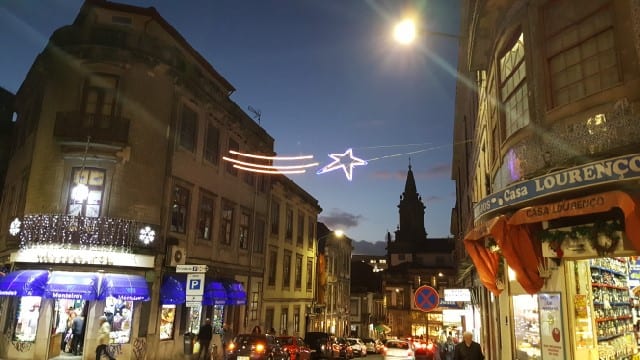Getting to know Porto, Portugal
This story originally appeared in the Napa Valley Register. To me, the best way to get to know a county and its culture is through its food and wine. Local ingredients and dishes, the indigenous grape varieties and winemaking processes, they all tell so much about a culture, its history and present-day. So, on my first trip to Portugal, specifically to the city of Porto, I dove right in. Located in Northern Portugal, along the Douro river, Porto is the second largest city in Portugal, after Lisbon. From the cobblestone streets to the tiled houses to the food and wine, it is no wonder that Porto was classified as a Cultural Heritage of Humanity by UNESCO in 1996 and recently awarded The Best European Destination by the Best European Destinations Agency. Porto is flanked by the Atlantic Ocean on the west and the vineyards in the Douro to the east. The cuisine of Porto uses its natural resources, which include fresh seafood and meats. And there are the sweet desserts, many of which are made with what was described to me as just “sugar, sugar, sugar and eggs, eggs, eggs.”
Porto is flanked by the Atlantic Ocean on the west and the vineyards in the Douro to the east. The cuisine of Porto uses its natural resources, which include fresh seafood and meats. And there are the sweet desserts, many of which are made with what was described to me as just “sugar, sugar, sugar and eggs, eggs, eggs.”
02 January, 2018






